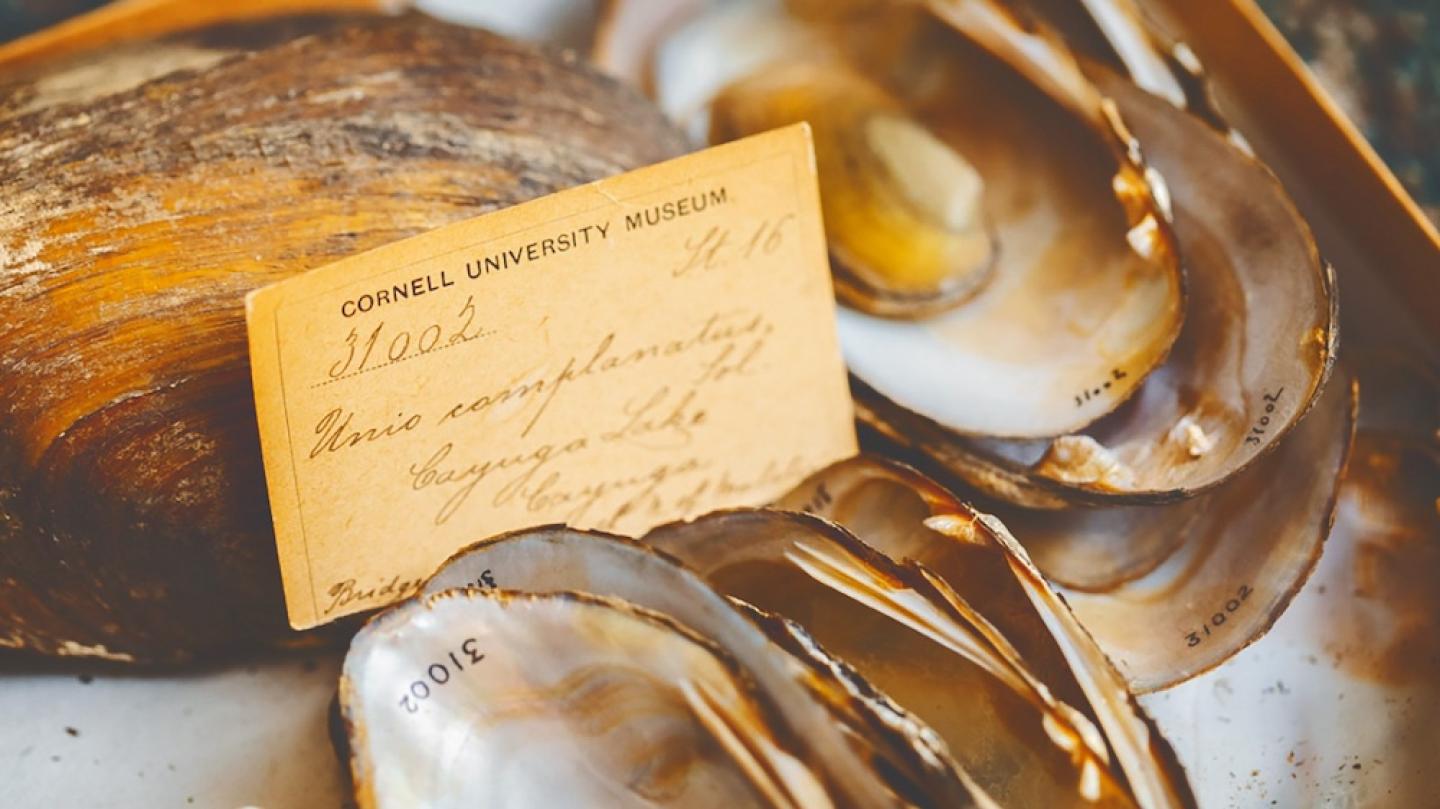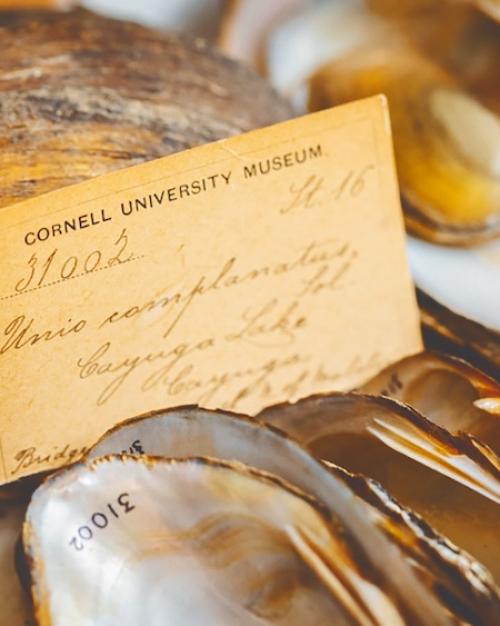"Prepare yourself for a terrible financial revelation,” founding president Andrew Dickson White wrote to his mother, “as well as an avalanche of the most splendid books ever seen in Syracuse.”
It was 1854, and White had just graduated from Yale and traveled to Europe. An avid collector, he was warning her of the impending arrival—and cost—of his book purchases.
Eleven years later, with the signing of Cornell’s charter, White had the opportunity to put his collecting habit to work for the new institution: the report laying out his plan for the University’s structure and needs used the words “collection” or “collections” 33 times in 48 pages.
In Ezra Cornell, White found a kindred spirit with deep pockets. Two months before the University’s founding, Ezra wrote his eldest son about acquiring a geology collection: “If we have a college or university we shall have to procure a cabinet of natural history and this as far as it goes is the best in the state and best in the world of the history of the NY rock.”
In his memoir, White also documented his co-founder’s contributions to the growing teaching collections: “Then came the Jewett collection in geology, which he gave at a cost of $10,000; the Ward collection of casts, at a cost of $3,000; the Newcomb collection in conchology, at a cost of $16,000 … The scientific collections and apparatus of various sorts gave him constant pleasure.”
But with University buildings still under construction, space was a problem.
The opening of McGraw Hall in 1872 alleviated some of the pressure. Its center section became the University museum, with an atrium extending from the second through fourth floors, and two upper galleries overlooking the main hall.
This grand space is where many of Cornell’s world-class collections began, across a wide range of disciplines.
More News from A&S





